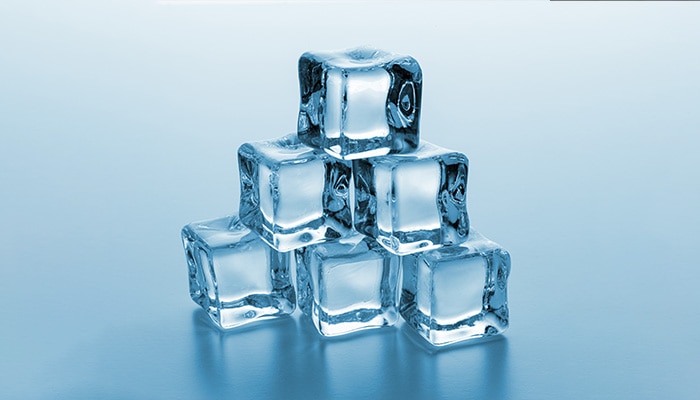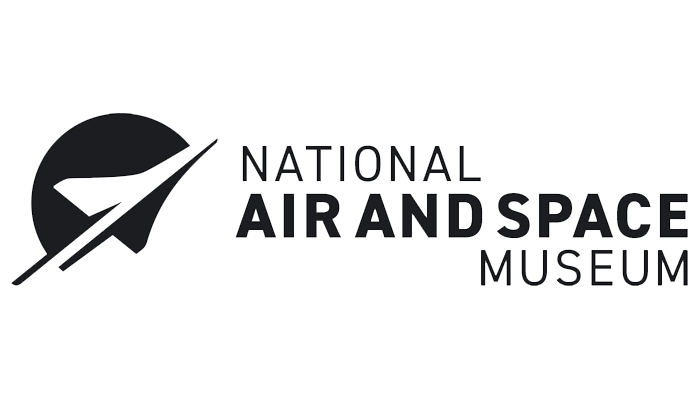While we believe that the books and resources recommended may be of value to you, keep in mind that these are suggestions only and you must do your own due diligence to determine whether the materials are appropriate and suitable for your use. PNC has no sponsorship or endorsement agreement with the authors or publishers of the materials listed.
WINTER

Ice Towers
Children will explore building with ice cubes.

Lesson Objective
Children will explore building structures with ice cubes and will compare this to building with blocks.
ScienceArtMusic
What You'll Need
- Ice cubes - at least 12 per child
- Tools such as tongs, turkey basters, spoons and paintbrushes - several of each per table
- Waterproof plates or trays - 1 per child
What To Do
- Discuss different ways that the children can build with the classroom blocks.
- Ask the children if they think it would be easier to use ice cubes for building instead of blocks.
- Tell the children that they will be building a tower with ice cubes (see Did You Know?).
- Distribute the ice cubes, tools and plates or trays.
- Have the children place the ice cubes on the plates or trays as they are building.
- Tell the children that they can use the tools to help them with their construction.
- Encourage the children to try stacking the ice cubes different ways to build structures.
Resources
Home School Resources
Home educators: use these printable lesson PDFs to teach this lesson to your home schoolers. They're available in English and Spanish.
Content Provided By
Common Core State Standards Initiative – These lessons are aligned with the Common Core State Standards ("CCSS"). The CCSS provide a consistent, clear understanding of the concepts and skills children are expected to learn and guide teachers to provide their students with opportunities to gain these important skills and foundational knowledge [1]. Visit the CCSS



